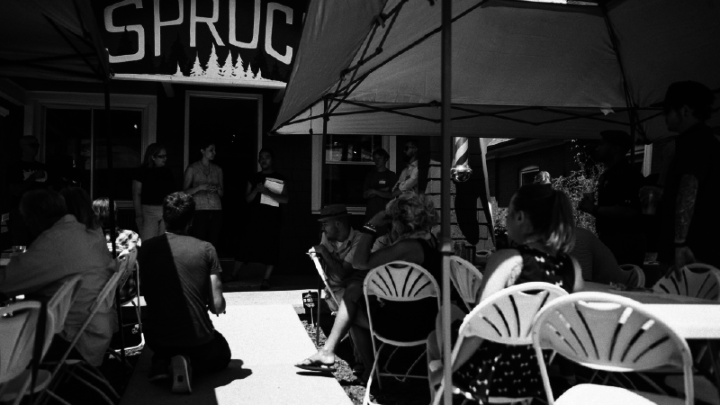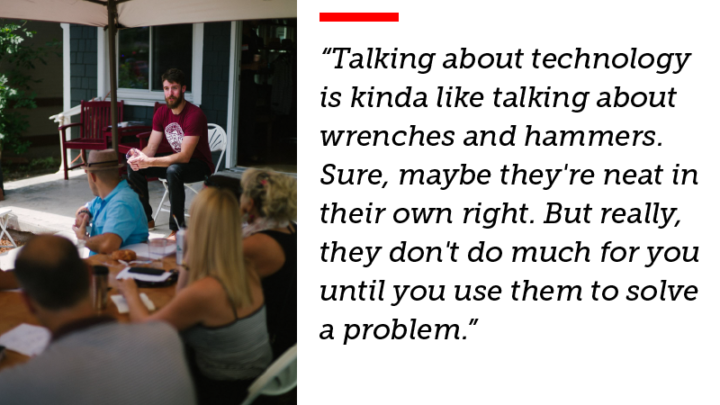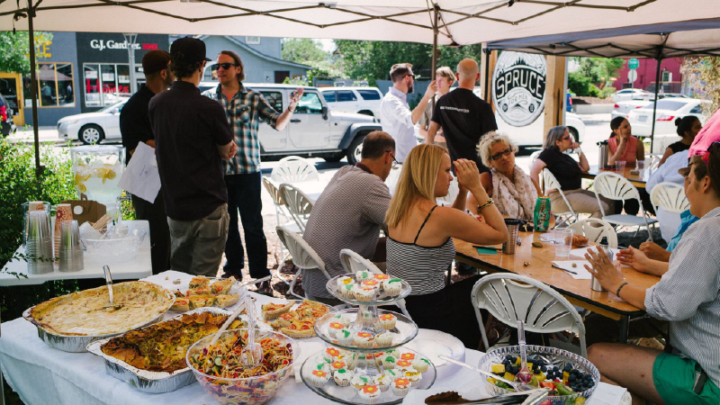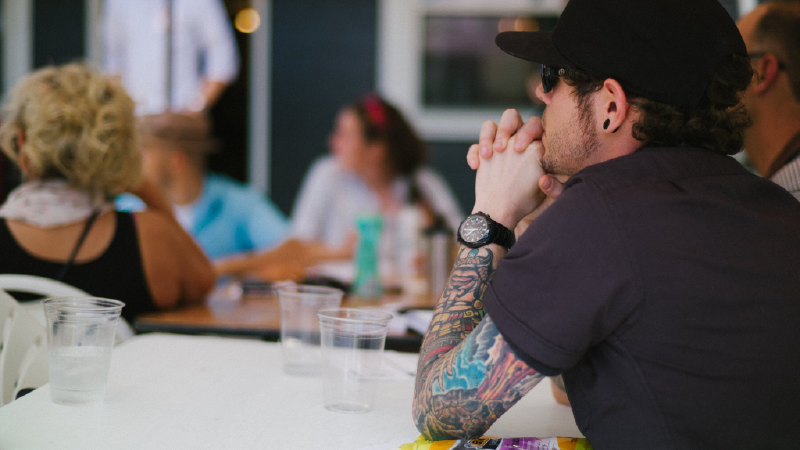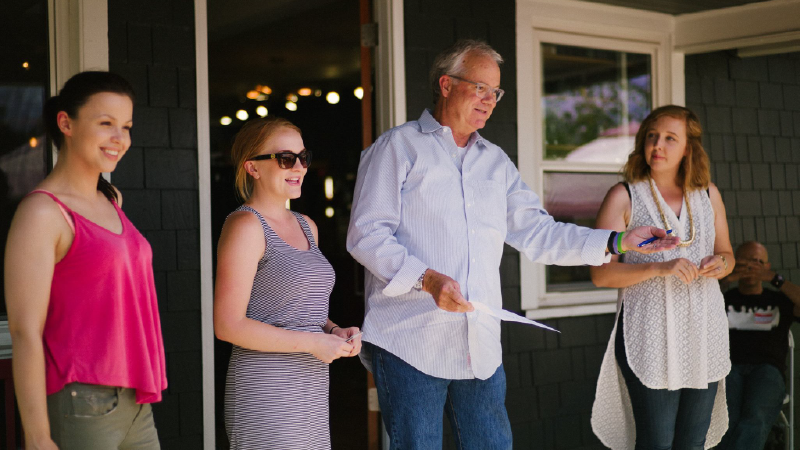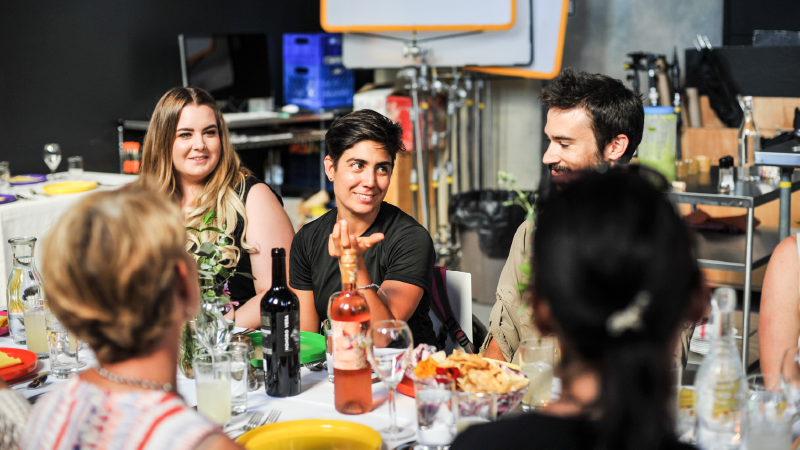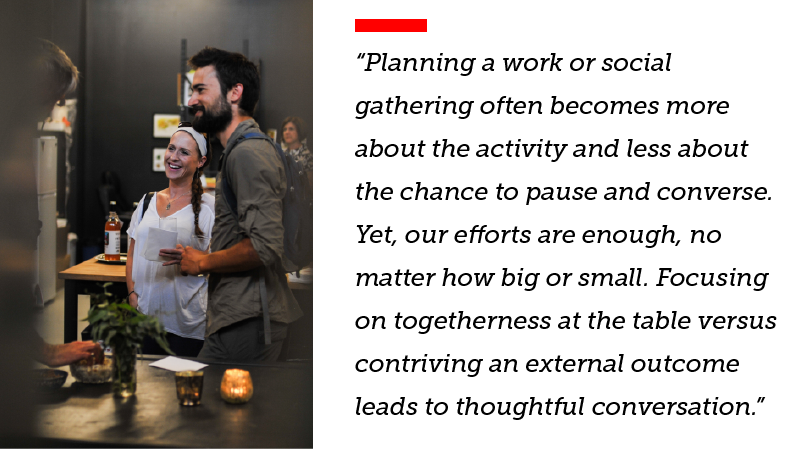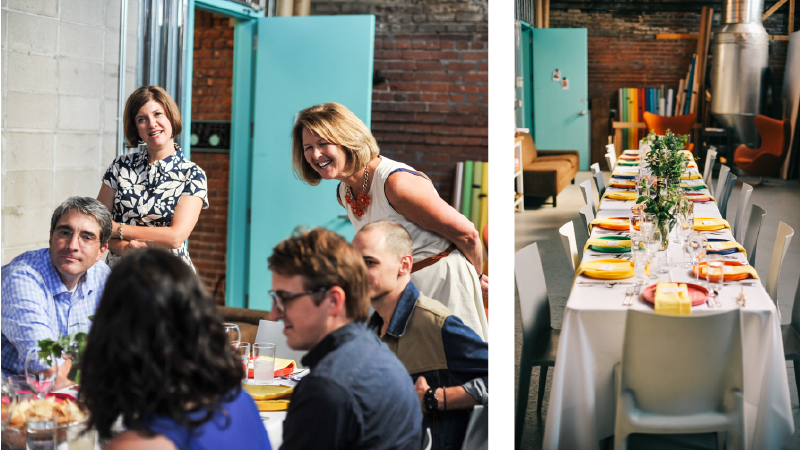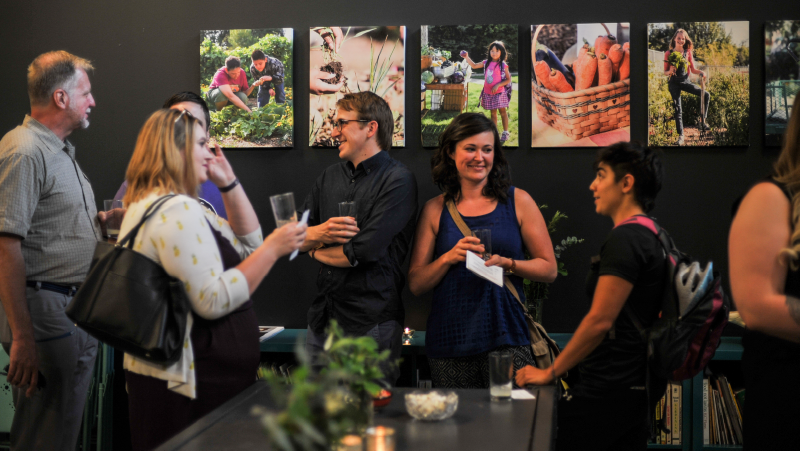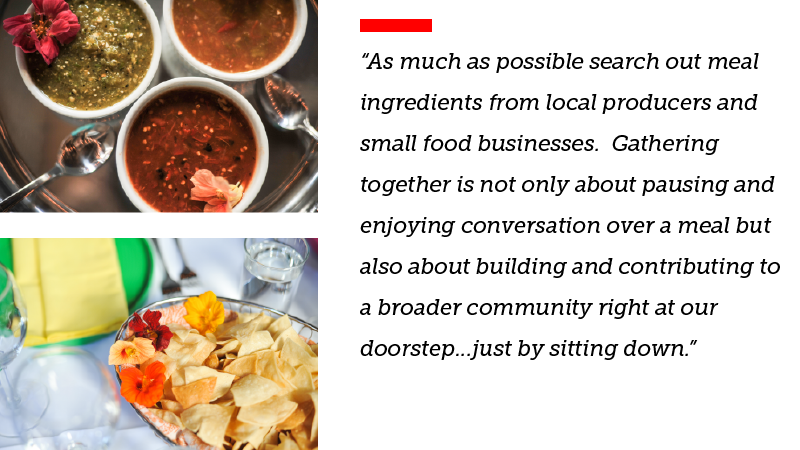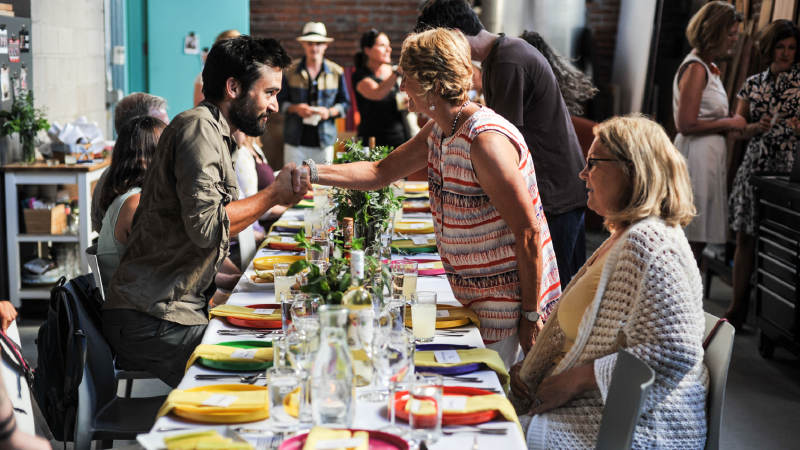Danielle Bilot studied landscape design at the University of Oregon and is passionate about analyzing local pollinator species, which lead to the creation of her startup, BumbleFumble.
A speaker at our It’s About Time, she has worked on the White House Pollinator Action Plan to develop priority actions and continues to give presentations at professional conferences around the U.S. She’s passionate about teaching people how to create native bee habitats and eliminating misconceptions about bees. Here, we talk about potatoes and communicating with trees.
So you’re an optimistic realist. When was the last time you made a decision with that mindset?
Oh man, I make decisions based on that mindset every day, mostly because a startup in its toddler stage does not make lucrative amounts of money. It’s like putting together a puzzle. You know, starting with the edges is best to create the framework, them matching up stand-out color pieces, and so on. You are optimistic about finishing the puzzle, but realistic as to how it gets done so you don’t spend 16 weeks on a single puzzle.
When I first started with my idea, BumbleFumble, I wanted to go do all these presentations and travel to spread the message, but I knew I could not afford it. So I partnered with an incredible organization that paid my way, but then was on my own dime to stay past the presentation day if I wanted to explore. I was optimistic that I could do all the presentations that were accepted, but realistic as to what I could receive for monetary support.
Whatever I come up with in this mindset is feasible and easy for the public to understand, and that’s the biggest positive. They are completely new ideas, but are so simple that people question why it wasn’t like that in the first place. But I don’t think I would ever be a cool Bjarke Ingles or a Stephen Hawking with their awesome, out-of-this-world solutions and designs. I was always taught to be practical above anything, for better or worse.
You like potatoes. Hypothetical situation: you get to have one potato for the rest of your life. How would you prepare it?
One potato for the rest of my life? I have anxiety just thinking about it. I would first like to state that all potatoes matter (in case they’re listening), but by far potato skins are my favorite. Cheese, bacon, and potatoes is my number one comfort food. TGI Friday’s doesn’t have anything on my homemade skins.
Do you have a favorite TED talk?
There really is a TED talk for any mood, whether I need a pick-me-up, inspiration, or help getting out of my head. “How Great Leaders Inspire Action” by Simon Sinek is solid. It gets down to core values of what really turns ideas into actions of many.
How Trees Talk to Each Other by Suzanne Simard is also one of my favorites. I believe we can communicate with almost anything. Everything we come in contact with has energy networks, from trees to people to your computer screen. Not everything can speak like humans do, but there is still communication happening! And if we learn how to communicate with things other than humans and animals, our world would look VERY different.
What do you believe It’s About Time for in your life?
There has been a lot of change in my life in the past year. I was the child that went to college and then grad school, got a job in a design office, had a regular paycheck, and had the life that my family valued. Then my mom got breast cancer, 15 years after having a full hysterectomy from ovarian cancer. The world looked different from that day, more finite than I had ever seen it. I was doing the job because it was what I was supposed to do, but it was not what I wanted in my heart.
I was using all my spare time to implement my thesis project with The White House and the City of Houston, writing articles, doing presentations around the US. Then something in my gut said it was time, time to turn my passion into my job and use it to help the people that need and deserve it.
My mom is doing well, they removed all the cancer and has been in remission for a year. Sometimes I think, though, if she never had cancer, would I still be in Denver doing what I love? What would my motivation have been otherwise? Cancer is a heavy darkness, but without it, it’s hard to know what the light is. And light is most visible when it is dark.
